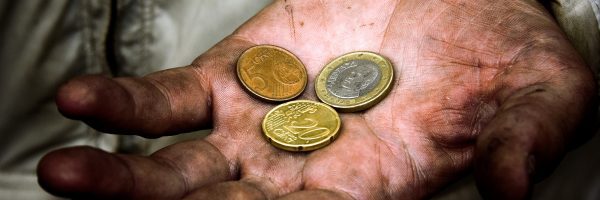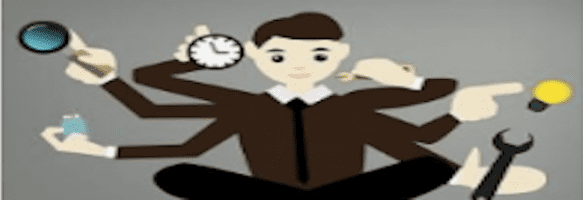Berkeley Charity Study Examines How We Often Dehumanize Those in Need

An often-seen angle of charity is that the recipient is down on their luck, destitute, and in need of outside assistance; but that imagery may play into a indirect dehumanization of those in need, and make things worse than before, writes Berkeley University Haas School of Business assistant professor Juliana Schroeder.
Schroeder, who’s research focuses on “judgment, decision-making, and interpersonal and intergroup processes,” criticizes the way in which charities like Sally Struthers’ Christian Children’s Fund portray its aid recipients as helpless victims may “unintentionally send a signal they have low mental capacity.”
“Charities want to motivate people to give more, but they may also make people think poor people don’t have the ability to take care of themselves. If you perceive of someone as having less mental capacity to think or feel, then you are subtly degrading and dehumanizing them,” she explains.
Schroeder, along with Northwestern’s Adam Waytz and University of Chicago’s Nicholas Epley, published a new study in the Journal of Experimental Psychology, which reveals “fundamental truths about how people think about giving and receiving aid.” The researchers found that not only do people act “more paternalistically towards those they believe have lower mental capacity,” but that they also “often believe they have more mental capacity than others.”
Schroeder explains, “When you think of a person having less self-control and willpower, you think they will make bad decisions and will be more likely to waste the aid. They don’t know what is good for themselves. People are pretty convinced they have a lot of willpower, while others don’t have the same level of self-control.”
The good news is that these perceptions are malleable. By questioning them, we can begin to “question how our perceptions of ourselves and others may affect the way we behave.”
Schroeder concludes, “When you dehumanize an individual or a group it can affect how you help them. People can be more cognizant about the ways they are thinking about their own mental capacity and that of others and pause to get more information before they start helping.”
What is the Influence Line? A Stanford GSB alum explains.

Stanford Graduate School of Business alum Maria Lambert, MBA ’12, recently discussed the foundational idea of an “Influence Line“—an exercise in which one judge’s themselves against their peers, finding out who among themselves are the most influential compared to the others. It’s an uncomfortable process, but one, Lambert believes, can break huge barriers in producing positive feedback.
In a recent Quartz Work article, Lambert explains that the process of privately ranking peers is something we do constantly—subconsciously or not—but to make that list public requires that we reveal our “true beliefs and own our choices.” As she explains in the article, “to fully know ourselves, we need to know how we’re perceived. And that requires a rare type of honest, in-the-moment feedback that … the Influence Line is designed to elicit.”
The Influence Line exercise also elicits a great deal of internal conflict, as Lambert notes, but it doesn’t end with rankings, which is simply “the catalyst for eliciting unspoken feedback and emotions.” At Stanford, Lambert explained that her group “spent the next several sessions honestly discussing what came up for us during the exercise,” which revealed how much Lambert had left unsaid.
As brutal as the exercise can be, its efficacy has been proven. Lambert devised a “gentler” version of the Influence Line thought experiment for leaders:
- Select 5 to 12 people from your organization or network.
- Rank everyone—including you—from ascending to descending influence and explain each ranking.
- Reflect. What themes emerge?
- Identify unspoken feedback
- Evaluate yourself. Which assumptions support your perceived level of influence?
Lambert offers a few concluding words: “Sharing feedback is not easy; asking for feedback is usually harder. Yet, our growth as leaders comes from uncovering our blind spots, and then with kindness helping others to do the same. Learning comes from stepping out of our comfort zones.”
CBS Prof Determines Busyness a Marker of High Status for Americans

Columbia Business School (CBS) recently published an article about a new Journal of Consumer Research study from CBS Professor Silvia Bellezza that finds Americans “increasingly perceive busy and overworked people as having high status.”
